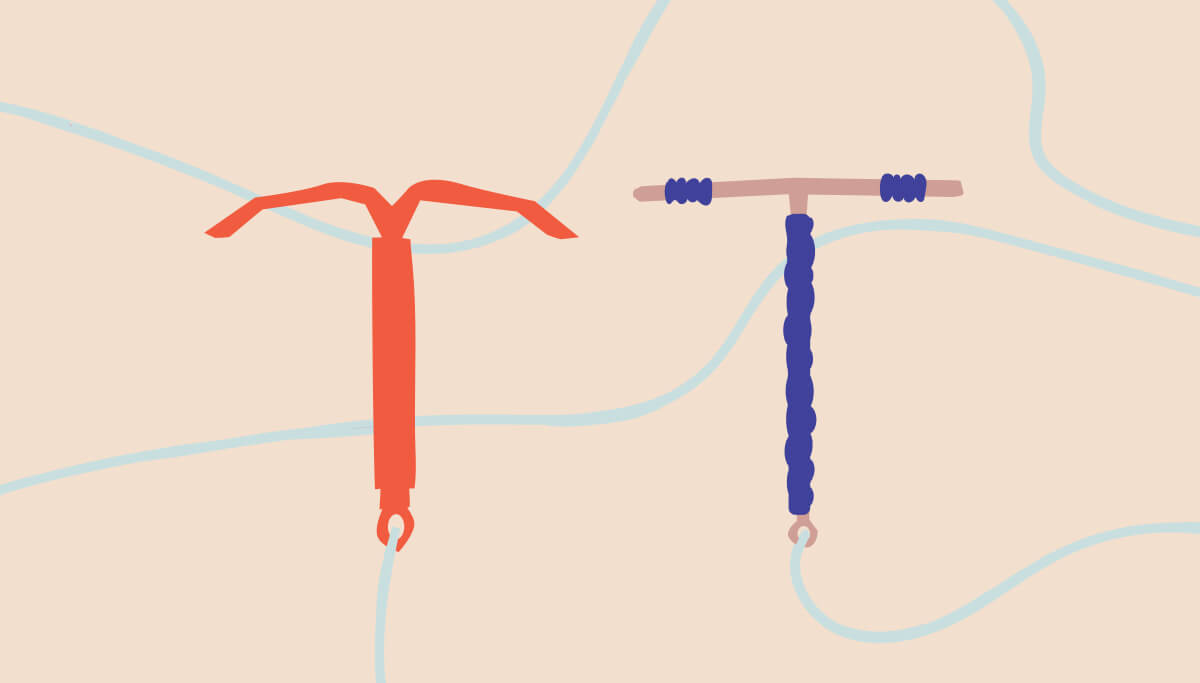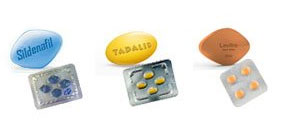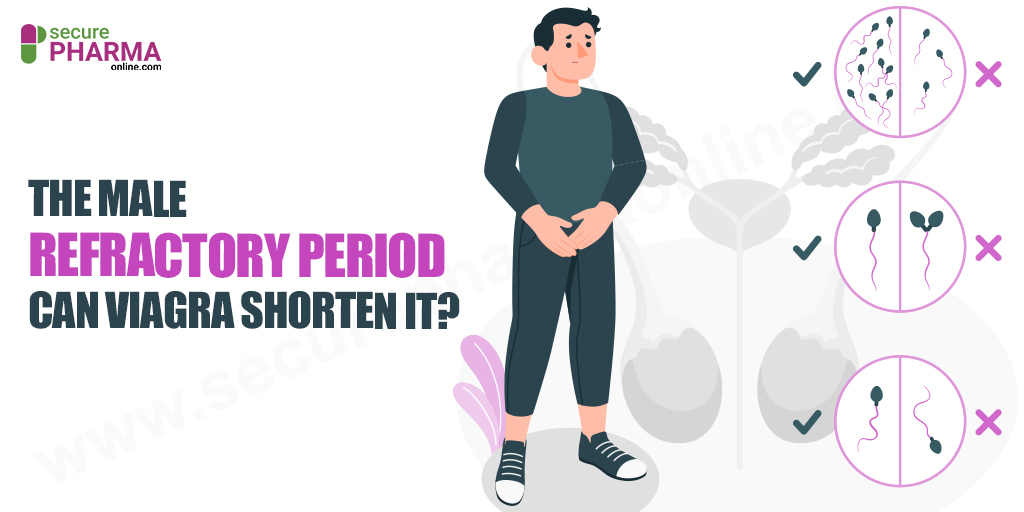Intrauterine Device (IUD): Facts About Birth Control Efficacy

- What is an Intrauterine Device (IUD)?
- IUD Insertion Process
- How Do They Work and Look?
- Types of Intrauterine Devices
- Working and Effectiveness of IUDs as a Birth Control
- Working and Effectiveness of IUDs as an Emergency Contraception
- Frequently Asked Questions about IUDs
- How Long Do They Last?
- Are IUDs Good for Every Female?
- How Effective Are Intrauterine Devices?
- What is the Best Time for IUD Insertion?
- Can an IUD Fall Out by Itself?
- Does an Intrauterine Device Risk Infertility?
- Can Your Partner Feel This Device During Intercourse?
- Is There Bleeding After Placement of IUD?
- Can You Use Tampons in Periods with IUD Fitted in the Uterus?
- What Are the Risks of Using IUDs?
- To Conclude
An Intrauterine Device (IUD) for contraception is inserted in the uterus. It can help you avoid pregnancy for 3 to 10 years. This is also highly effective. You can opt for either a hormonal or copper IUD. The birth control device gets rid of the hassle of remembering to take contraceptives every day.
In the following post, we will discuss several details of an IUD – what is it, how it works, types, working and effectiveness, frequently asked questions.
What is an Intrauterine Device (IUD)?
An IUD is a T-shaped contraceptive device. It is small and easily inserted into the uterus by a doctor. The function is to prevent pregnancy by restricting fertilization. It stops the sperm to reach eggs. Also, it may thicken the cervical mucus to affect sperm motility. Moreover, it does not allow implantation.
The device may thin the uterine lining. So, a fertilized egg (if any) cannot attach to the endometrium. The IUD is a LARC (Long-acting Reversible Birth Control). So, if you do not want to conceive for several years, then an intrauterine device is a great choice.
It has a 99% success rate and is safe. After its removal, you can get pregnant again. Even on extended use, fertility will return soon for women.
IUD Insertion Process
Here is how the doctor will insert the IUD into your body:
- The process of birth control device insertion is 5 to 20 minutes long.
- The doctor will take a small Pap smear test.
- He/she will put your feet in stirrups to get better access.
- Then he/she will hold the vagina open with the help of a speculum.
- The person will insert the IUD through a small tube.
- This tube will move into the cervix and rest the IUD in your uterus.
- The doctor will further push the IUD into the top part of the uterus.
- Then he/she will gently pull out the tube from the vagina.
- The strings attached to the IUD will hang for about 1 to 2 inches in your vagina.
How Do They Work and Look?
As discussed, an IUD is T-shaped. It is a small plastic device. The doctor places it in the top part of your uterus to restrict fertilization. This device has an attached plastic ring at the end. During removal, the healthcare provider pulls on this string.
You cannot insert and remove the IUD by yourself. You need to approach a medical practitioner for both these procedures. It hardly takes a few minutes both times. There are hormonal IUDs, and non-hormonal ones as well. You can choose per suitability for your health and needs.
Types of Intrauterine Devices
Here are the most common and safe-for-use IUDs that you can choose from:
Hormonal IUD
The hormonal intrauterine device releases progestogen. It gives out levonorgestrel in small amounts. This chemical is also present in birth control pills and works similarly. The mechanism of the contraception device is to disallow sperm to access mature eggs. They have a greater efficacy rate than the non-hormonal version.
Non-Hormonal IUD
The Copper IUD is also a T-shaped device with copper sleeves or collars inside a pure electrolytic copper wire. It is toxic to sperm and distorts it, affecting motility. This process prevents sperm from mating an egg. So, it works to prohibit fertilization. The doctor will insert a Copper IUD on the upper part of the uterus.
It works as regular birth control. But you may even use it in emergencies as an emergency contraceptive. But you need to insert it within 5 days from engaging in unprotected intercourse. A Copper IUD lasts longer than a hormonal one.
It may come in different shapes and sizes. As this device has no hormones, you can opt for it even after pregnancy or breastfeeding. After the removal of this birth control device, the fertility returns to normal. Remember, it cannot terminate an already existing pregnancy.
So, if you are pregnant, you should not use this device. A few side effects include painful cramps and heavy menstrual periods. If you want fewer side effects, then you may opt for a hormonal IUD instead or any other suitable contraception option.
For a better understanding of the types of IUD’s, please read this article IUD Types: What Are Different Types of IUDs? What Are The Benefits?
Working and Effectiveness of IUDs as a Birth Control
Both types of IUDs are reversible birth control methods. The effectiveness of this device is more than 99%. The rate of failure is lesser than 0.8%. Thus, these are often the first choice for a contraceptive by females who want to avoid pregnancy for a long time. Also, there is no possibility of mistakes when using it.
For instance, the condom may slip out or lead during intercourse. Or you may forget to take your birth control pill. But with an IUD, you can stay carefree for up to 3 to 10 years. This gives complete protection from conceiving. You do not have to keep a track of it every day.
Working and Effectiveness of IUDs as an Emergency Contraception
The hormonal one is not functional as emergency contraception. But you can get the Copper IUD for emergency contraception. You can utilize this IUD for up to 5 days of unprotected sex. So, if you had intercourse without protection, visit a doctor for the procedure immediately.
The doctor will insert the Copper IUD into the uterus. This will safeguard you from conceiving for up to 10 years. The efficacy rate of this birth control device is 99.99%.
Frequently Asked Questions about IUDs
Here are FAQs on intrauterine devices:
How Long Do They Last?
The longevity of an IUD depends on the type and brand. For instance, a few IUDs can last for 3 years to 5 years, while others up to 10 years.
Are IUDs Good for Every Female?
A woman with no serious health problem can use IUDs without hesitation. But females susceptible to STDs (sexually transmitted diseases) should not use it. Also, this contraceptive device does not protect against a sexually transmitted infection or disease.
The shape and size of this product can also seem uncomfortable for several women. Here are females who must not utilize an IUD:
- Pregnant
- Those with unexplainable vaginal bleeding
- Uterine or cervical cancer
- Recent STD or pelvic infection
Also, when choosing the type of IUD, you need to consider several factors such as:
- Hormonal IUD is not for females with liver tumour/disease
- These are also not advisable for those at risk of breast cancer
- If allergic to copper, do not go for a Copper IUD
- Copper versions are not okay for people with Wilson’s disease
How Effective Are Intrauterine Devices?
IUDs are among the most successful types of birth control options. Also, these are safe and easily available around the world. Only 1 in 100 women may get pregnant when on this device. You do not worry about remembering to use it daily. No worries about incorrect use as well as in the case of contraceptive pills.
There is 24 x 7 protection from pregnancy. You can expect safeguard for 3 to 10 years depending on the IUD type. But after insertion of IUD, you must keep a track of the removal period. So that you do not forget the time when visiting a clinic is required for IUD removal.
What is the Best Time for IUD Insertion?
You can ask the doctor to place the IUD at any time. But it is best to get it placed when you are on your periods. Here, your cervix is most open and softest. Also, the risk of pregnancy is lowest then.
Can an IUD Fall Out by Itself?
There is only a small risk of an IUD coming out by itself from the uterus in the first year of use. If you had childbirth earlier, then it may happen during your periods.
Does an Intrauterine Device Risk Infertility?
The risk of infertility due to the use of an IUD is next to none. It only functions as a disrupter to sperm from fertilizing an egg.
Can Your Partner Feel This Device During Intercourse?
Neither you nor your partner will feel the presence of a device during intercourse. This is because the IUD is in the uterus and not near the cervix or vagina. Also, there is no discomfort caused by it in your day-to-life.
Is There Bleeding After Placement of IUD?
In the first few weeks of IUD insertion, you may experience slight spotting. But after the intrauterine device settles in the body properly, spotting or bleeding will cease.
Can You Use Tampons in Periods with IUD Fitted in the Uterus?
It is safe to use tampons during periods even if an intrauterine device is in the uterus. But you must change the tampons with care. You must not pull the thread of the IUD during the removal of the tampon.
What Are the Risks of Using IUDs?
Here are the possible risks:
- Certain complications may happen during the insertion of the device in the uterus.
- For instance, it may puncture the uterine wall. But the occurrence is rare.
- Some of the side effects are backache, bleeding, cramps, etc.
- In the first 4 months of getting the device, the risk of STD is high for polygamous women.
- This may raise the chance of getting PID (Pelvic Inflammatory Disease).
- Pregnancy even after an IUD inside, can be an ectopic pregnancy.
To Conclude
An Intrauterine Device is the most successful form of birth control. It prevents pregnancy for several years. Also, the hormonal and Copper version gives you a wider choice of selection. Once inside the uterus, you do not even feel it. So, you can enjoy intimacy without worry and experience maximum freedom.
April 10, 2021 Sam Bell











Comments